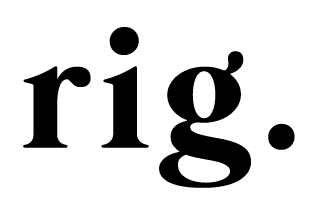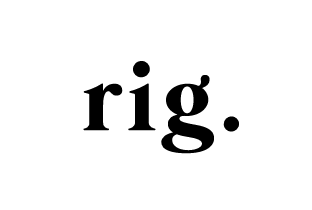Myotherapy vs Physiotherapy: What is the Difference?
When it comes to finding a therapist to treat your musculoskeletal problem, you may have heard of Myotherapy and Physiotherapy. In this blog we will discuss what is the difference between Myotherapy and Physiotherapy, and how to figure out which modality is best suited to treat your condition, injury or ongoing problem.
To start, both Myotherapy and Physiotherapy treat musculoskeletal problems and there is a certain amount of cross-over between the disciplines. Both modalities require a Bachelor's degree to practice and the studies involve extensive education in the human body, the way it moves, and the way it functions (biomechanics and kinematics).
Both Myotherapy and Physiotherapy will assess, treat and manage your condition or injury; however, how this is achieved depends on your therapist, their education, and their ongoing specialisations and interests. Even within the same field, there may be significant differences in philosophy, treatment approach and methodology, so it is important to find a therapist that has your best interests and goals in mind.
There are some key differences which may help decide if Myotherapy or Physiotherapy is best for you:
Physiotherapy:
Physiotherapists provide treatment for people suffering from physical problems arising from injury, disease, illness and ageing. More often than not, you may see your physiotherapy for sudden or acute injuries, such as rolling your ankle in a netball game, or injuring your wrist playing tennis.
Physiotherapists use manual techniques such as soft tissue work, electrotherapy, laser therapy and ultrasound to treat their patients. A majority of physiotherapy treatment involves exercise rehabilitation and home exercise prescription.
Physiotherapy appointment lengths tend to be short, often 15-30 minutes, and your therapist may even treat multiple clients at once.
Myotherapy
Myotherapy is the assessment, treatment, and management of musculoskeletal conditions, which may cause muscular dysfunction and pain and affect movement and mobility. Although you are likely to visit a Myotherapist for chronic pain and pathologies, they are well educated to treat acute injuries such as a torn hamstring, tennis elbow or ruptured ligaments. Their main aim is to improve a person's quality of life by using a variety of treatments to alleviate pain and restore function or, in the case of permanent injury or disease, to lessen the effects of any dysfunction.
Myotherapists primarily use hands-on treatment as their main tool such as dry needling, trigger point therapy, myofascial release, joint mobilisations and electrotherapy. Myotherapists are also extensively educated in exercise rehabilitation and physiology (and even Pilates!).
One of the most significant differences between the two modalities comes down to time: a Myotherapy appointment typically lasts for at least one hour. A Myotherapy session will include a comprehensive assessment, long treatment and the Myotherapist will give you their undivided attention and knowledge. Your lifestyle, occupation, family history and biopsychosocial factors are all considered in a thorough assessment, and it is likely short and long term goals are set and tracked through future treatments. Treatments comprise of many appropriate techniques, and will usually always be followed up with exercise, stretches and homework.
Myotherapy appointments are claimable through private health.

